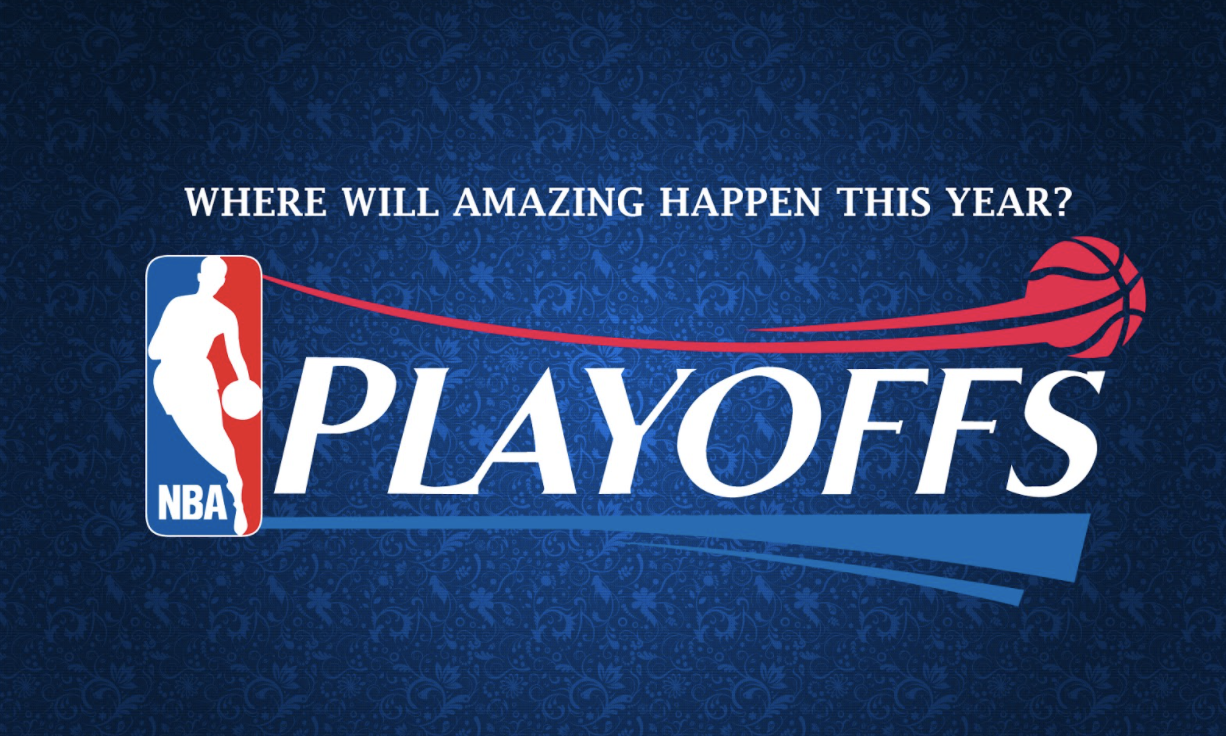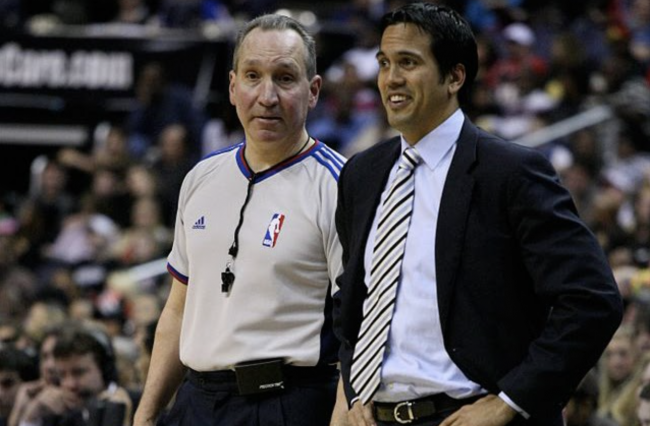Following game two of the Miami Heat’s first round series with the Milwaukee Bucks, the Heat went down 0-2 and there were a lot of problems for the team. Among them, Herro had just four points, a stark contrast to his performance last season, including a 37-point outburst against the Boston Celtics in last year’s Eastern Conference Finals.
“He’s a core player,” Heat president Pat Riley said of Herro. “That’s all there is to it.”
Riley’s words affirmed the team’s belief in Herro as a player who is part of the team’s long term future, and he came into the season with huge expectations.
Last season, Herro averaged 13 points per game as a rookie and raised his performance to 16 points per game in the playoffs.
Fans and analysts praised Herro’s play, and many expected him to take his game to the next level this season.
But he didn’t make the jump many expected this season. His three-point percentage dropped by 3%, but his overall field goal percentage increased by 1% in the regular season. However, it wasn’t all his fault.
“Health issues and not being in rhythm hurt him a lot as the season got rolling,” Local 10 and Bally Sports Sun reporter Will Manso said. “Every time it looked like he might get going, he had a setback.”

Herro’s playoff performance inspired the Heat, and many believed the Heat had found a future star.
“When you’re a rookie and you have a 37-point game and you’re leading your team to the NBA Finals at 20 years old, all of a sudden everyone expects that in every big situation,” Will Manso said.
To start the season, Tyler Herro was inserted to the starting lineup as the point guard. He was quickly moved back to the bench, and finished the season with just 15 starts in 54 games.
Once he got back into his familiar role, his play started to improve, especially towards the back-end of the season
His performance dipped once again when the playoffs began, a stark difference to the confident young shooter that was on full display in last year’s playoffs. He averaged just nine points in this year’s playoffs compared to 16 last season.
“The honeymoon ended, and his body failed him on top of that,” Miami Heat sportscaster Jason Jackson said. “With multiple injuries and a lot of time out, when you put that together– that’s what we unfortunately got this season.”
In this year’s playoff, his field goal and three-point percentages dropped to 32%, down from 44 and 36, respectively.
Some questioned whether Herro’s play was a product of the “bubble” atmosphere of last season’s playoffs.
“Anybody who talks about the Heat’s run as a bubble phenomenon is a complete and utter idiot,” Jackson said.
The Heat organization reportedly has concerns with his image as a celebrity in part due to his breakfast cereal and model girlfriend Katya Elise Henry, who has 8 million Instagram followers. The team also had those same concerns with stars in the past, including Dwyane Wade, LeBron James and Chris Bosh.
“When you have a down season like [Herro] did, he becomes an easy target for people to think that maybe he’s worrying too much about the offcourt stuff,” Manso said.

Herro was a focal point of trade talks with teams like the Rockets when James Harden was available. The Heat were reportedly hesitant to include Herro in trade talks, showing the value they place in the young player.
“There definitely was a dip from what we saw in the bubble,” Five Reasons Sports Network contributor Kai’Chien Chisholm said. “From what we saw in the bubble, we were all screaming and shouting that there’s no way you would trade him for James Harden coming into the season, so now his value has taken a dip.”
After this season, his trade stock may not be as high as it once was. However, The Heat are great at player development, with second-round picks and undrafted players like Josh Richardson, Duncan Robinson and Kendrick Nunn contributing to playoff teams. A player like Tyler Herro, a lottery pick, can improve immensely with the help of the Heat coaching staff.
“A lot of times he’ll have limitations physically against opposing guards, and guards will take advantage of that. When you have those physical deficiencies, you have to know where to be on the court,’ Manso said.
He is still a 21-year old player in his second NBA season with a short offseason that didn’t allow him to work on his game as much as second-year players normally can. This off-season, he has months to work on his game and come back a more polished player.
“It’s important to see what impacts winning most and realize that’s what the organization values most,” Jackson said.
The Heat organization now has an important decision to make regarding Herro. Does his developmental timeline fit in with that of Jimmy Butler’s prime? Does he give them the best chance at winning a title now and– if not– does his potential outweigh that.
After the disappointing season the Heat had that ended in a first round exit, Pat Riley will be looking to make moves to shake up the team, and a decision on Herro’s future is perhaps the biggest one.


































